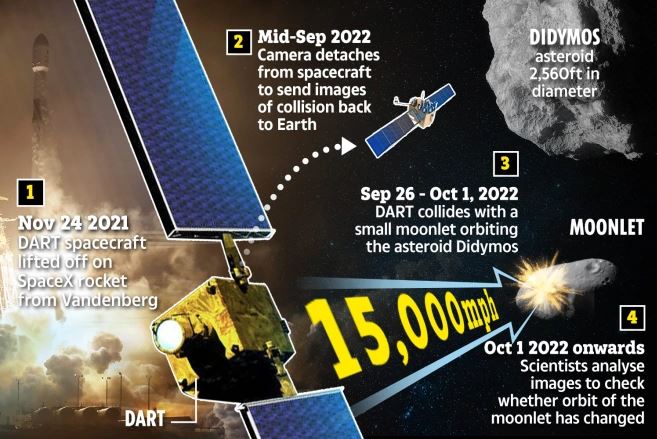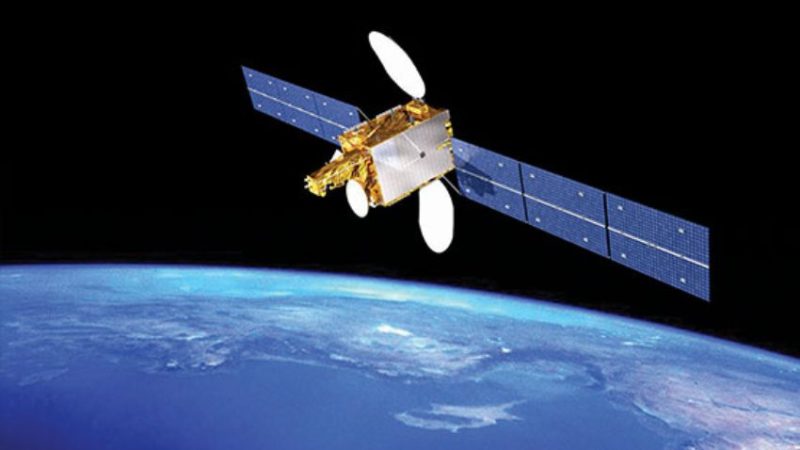NASA spacecraft is on a suicide mission that may preserve humanity’s future.

This summer, the Double Asteroid Redirection Test (DART) Mission will collide with an asteroid 11 million kilometers from Earth.
The ambitious project, which includes NASA and ESA scientists, is a test of technologies for stopping a killer asteroid from colliding with Earth.
If it works, it might pave the path for a new planetary defense system that can deflect incoming space debris before they hit the globe.
The plan is based on the scenario of the 1998 blockbuster film “Armageddon,” in which NASA sends a spacecraft to intercept an asteroid before it collides with Earth.
“DART will be the first demonstration of the kinetic impactor approach to change the world,” says the researcher.
NASA’s brave battering ram will instead target a tiny asteroid – or moonlet – orbiting Didymos closely.
DART will collide with the space rock at a speed of 15,000 mph in an attempt to alter its orbit around its host.
After DART collides with its target, NASA and ESA will use Earth-based telescopes to see if the plan worked.
Before, during, and after the impact, a small probe launched accompanying the mission will collect data.
“With the help of an onboard camera (called DRACO) and advanced autonomous navigation algorithms, the DART spacecraft will achieve the kinetic impact deflection by purposefully smashing into the moonlet at a speed of around 6.6 km/s,” NASA explains.
“The moonlet’s speed will be altered as a result of the collision.”
“This will shift the moonlet’s orbital period by several minutes, allowing telescopes on Earth to watch and measure it.”
At least 26,000 “near-Earth objects” have already been spotted by space specialists.
A total of 4,700 are classified as “Potentially Hazardous Objects” by NASA.







